Description
IS220PAICH1A GE Steam Turbine System
Brushless DC does not have brushes; at the same time, in brushless DC motors, the stator is a permanent magnet and the rotor is a winding structure.
In brushless DC motors, the stator is a winding and the rotor is a permanent magnet. If the winding is still on the rotor, you have to rely on physical contact to energize
the winding, which does not solve the problem of brush aging. In the brushless DC motor, the winding exists in the stator and has three phase wires; when working, the
input and output currents are successively supplied to the three phase wires to achieve the purpose of commutation. In brushless DC, the electromagnetic force generated by the
rotor and stator is the same as that of brushed DC.
For brushless DC motors, it is not necessarily whether the stator is inside or outside. A motor with a rotor outside and a stator inside is generally
called an external rotor motor. The hub motor is a very special external rotor motor.
Brushless DC motor, why is it classified as AC motor?
This is because when we supply power to the controller of brushless DC and permanent magnet synchronous motors, we supply DC
power, so it is called brushless DC; however, after the DC power is inverted through the motor controller, it communicates with the motor. For the three connected phase lines,
the power supply type changes to AC. Only the changing phase voltage of AC can cause the current on the three phase lines of the motor to continuously reverse direction,
so the motor is classified as an AC motor.
3. Similarities and differences between brushless DC and permanent magnet synchronization
Brushless Direct Current Motor, English BLDC, English full name Brushless Direct Current Motor
Permanent Magnet Synchronous Motor, English PMSM, English full name: Permanent Magnet Synchronous Motor
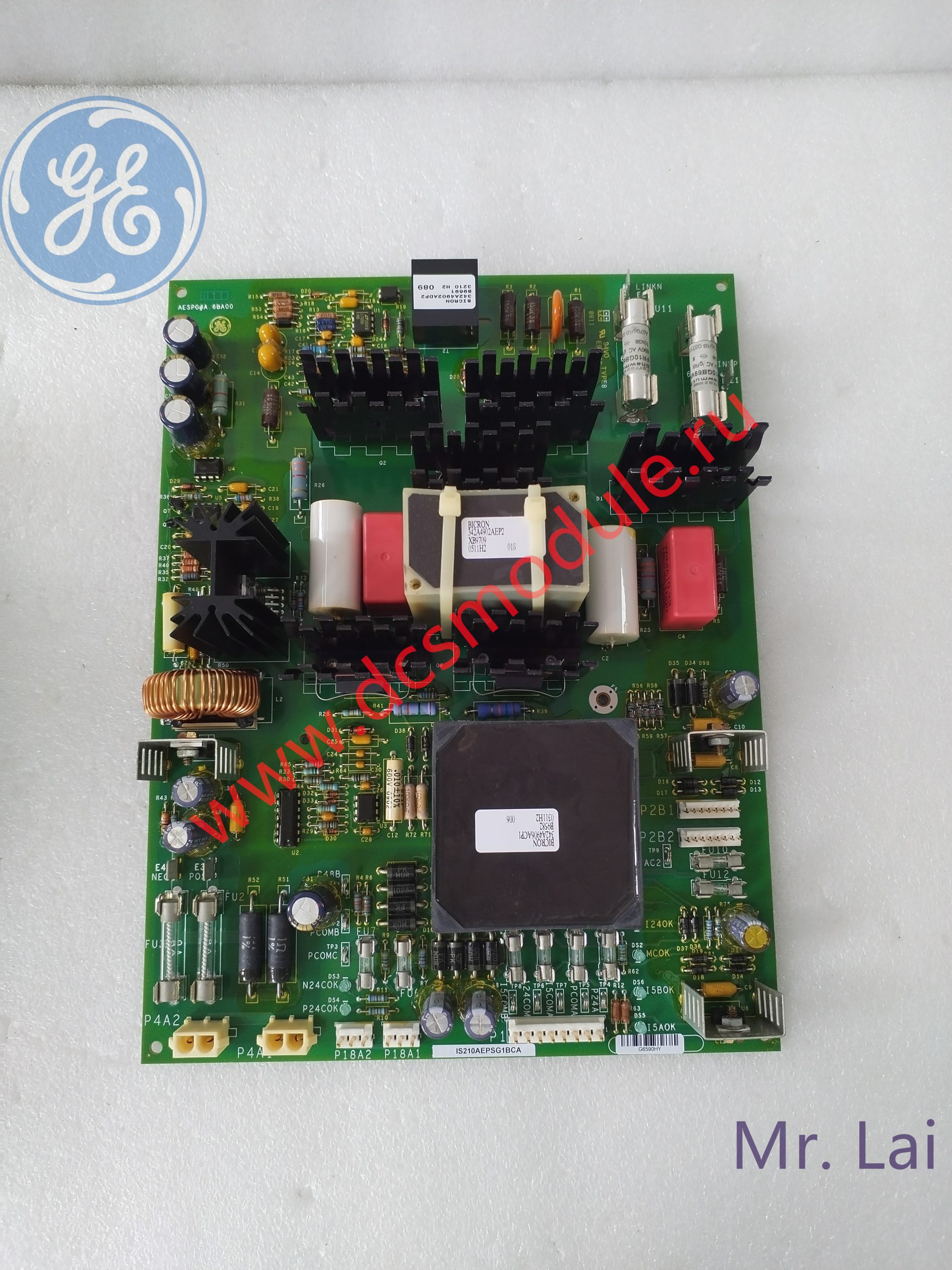
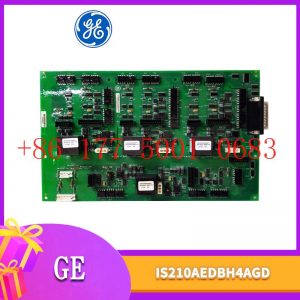
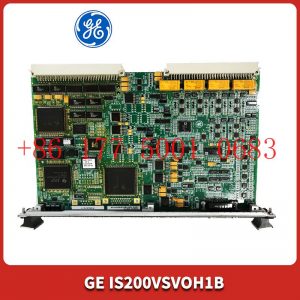
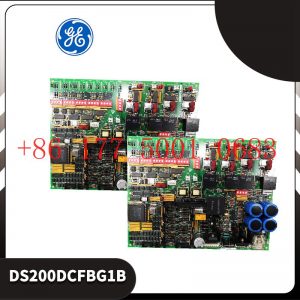
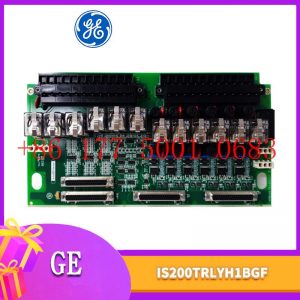


Reviews
There are no reviews yet.